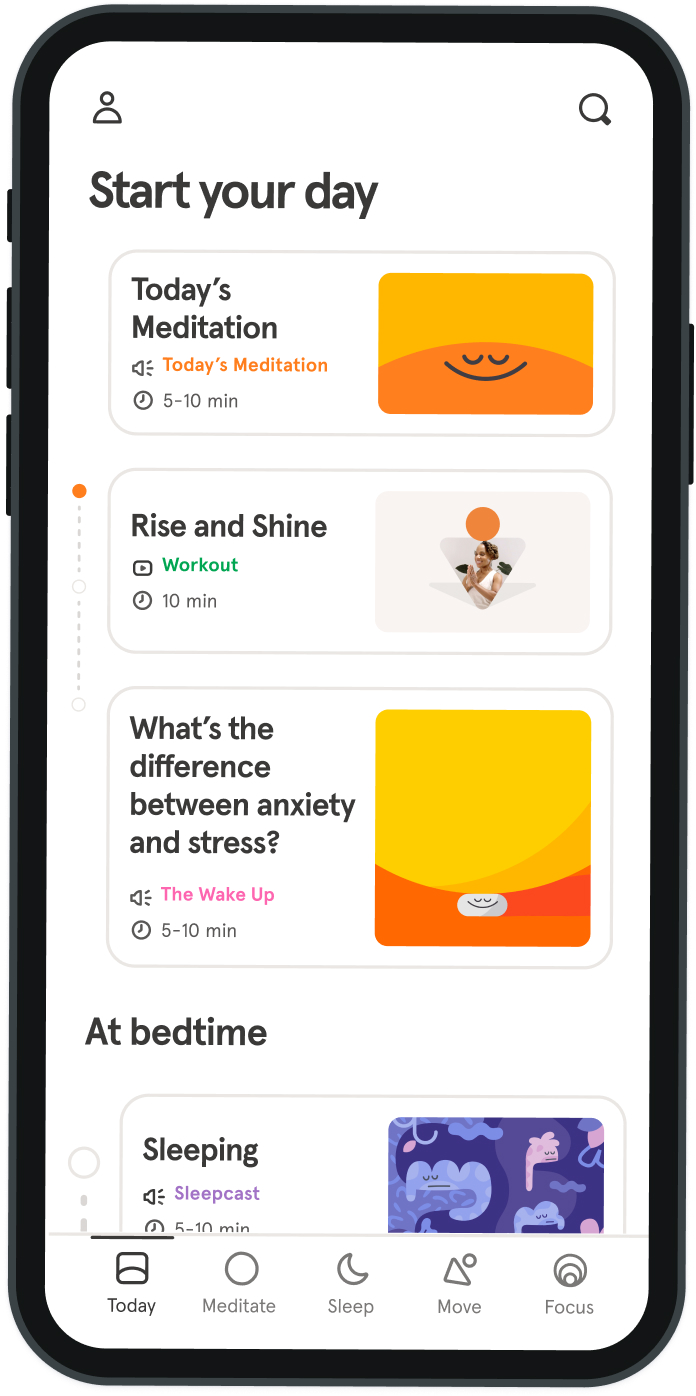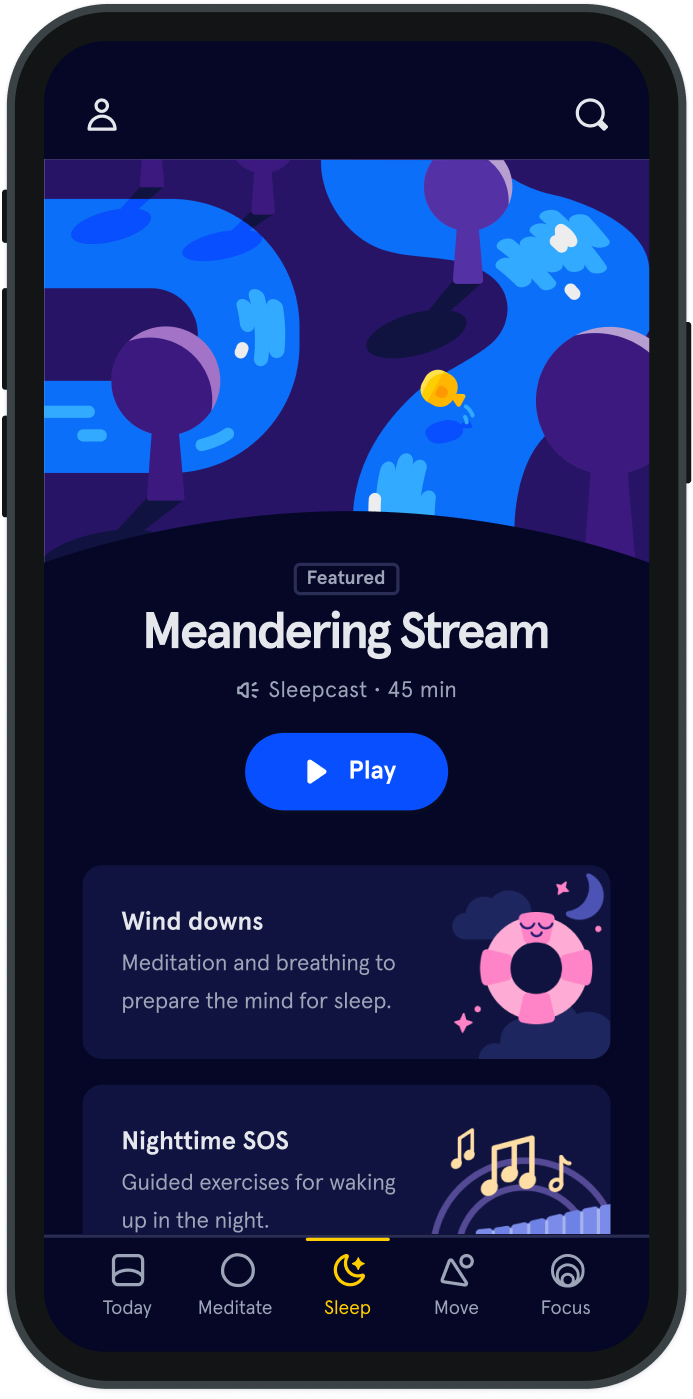A Day With: A Brain Tumor
[Editor’s Note: This piece is part of an ongoing series of personal essays on what it’s like to live with a mental health diagnosis. Each piece describes a singular and unique experience. These essays are not meant to be representative of every diagnosis, but to give us a peek into one person's mind so we may be more empathetic to all.]
Six months ago, my husband Kyle and I were in the hospital. We were there again today, and we’ll be there in another six months, too. Lather, rinse, repeat—for who knows how long.
Kyle’s returned to the ENT for a major sinus infection made worse by a botched sleep study, ordered by a doctor who was convinced sleep apnea was the cause. (Kyle doesn’t have sleep apnea, for the record.) Another neurologist threw out the rare disorder diagnosis and replaced it with “constant migraines or cluster headaches.” Kyle still can’t hear and his vision fluctuates at will. The neurosurgeons don’t believe his symptoms are related to the tumors or lesion. (I’m not so sure). Other attempts to solve his problems have failed—the only constants have been the tumors and lesion. Still, the surgeons can’t do anything right now; there’s not really anything to do. And so we continue on. Every six months, after a cycle of mounting panic, anxiety, and fear—What if something has changed this time? What if he needs surgery? What if suddenly there’s cancer?—as we sit in the neurosurgeon’s office, as we did today, hearing that little has changed, let’s keep on keeping on, and we’ll revisit it all in six more months. We should be reassured, really. This is good news. This is the best news.
But I don’t know if I agree. How good can news be that says hey, you have something in your brain that shouldn’t be there. We’re going to monitor that. Oh, and sorry you still feel like crap. You’re on your own for that. As we sat in the car after the appointment today, Kyle confessed to me he didn’t really feel much different from before. We’re still in a holding pattern, he’s still suffering and in pain, and we still have no resolution. I sat in silence, commiserating, taking in his words in quiet agreement. But when he asked how I felt about the appointment, I tried to be optimistic. “There’s nothing urgent.” “It’s supposedly not causing any other problems, which means we can still figure out why you’re sick and solve the problem.” “The doctor was pretty reassuring.” I doubt he was lightened by my thoughts. But in six months, when we have this conversation again, I’ll say the same thing. How else are we supposed to combat this demon at the door?
But I don’t know if I agree. How good can news be that says hey, you have something in your brain that shouldn’t be there? We’re going to monitor that. Oh, and sorry you still feel like crap. You’re on your own for that. As we sat in the car after the appointment today, Kyle confessed to me he didn’t really feel much different from before. We’re still in a holding pattern, he’s still suffering and in pain, and we still have no resolution. I sat in silence, commiserating, taking in his words in quiet agreement. But when he asked how I felt about the appointment, I tried to be optimistic. “There’s nothing urgent.” “It’s supposedly not causing any other problems, which means we can still figure out why you’re sick and solve the problem.” “The doctor was pretty reassuring.” I doubt he was lightened by my thoughts. But in six months, when we have this conversation again, I’ll say the same thing. How else are we supposed to combat this demon at the door?
Kyle has brain tumors and a lesion on his pituitary gland. Right now, they’re not big enough for surgery or treatment. But they are big enough for us to return to the hospital every six months, over and over, drowning in a wait-and-see approach: driving an hour to the hospital, he gets an MRI, and then we meet with a team of neurosurgeons to discuss the results. We discovered the first tumor by chance about three years ago, when Kyle started having constant sinus and ear infections, coupled with hearing loss and vision problems. He had two sinus surgeries that, aside from reducing his snoring, haven’t really done much. His sinuses still swell to max capacity and block off any hope of breathing through his nose. He’s still constantly fatigued and sick with infections. He began to see a multitude of doctors to try to get a full diagnosis. The ENT, who performed his sinus surgeries, believed he had nerve deafness in his ear. The eye doctor declared his eyes as football-shaped and prescribed glasses. The ENT then sent him to a neurologist, who diagnosed him with an incredibly rare migraine disorder. He also ordered an MRI, which found the tumor and lesion, kicking off this current wait-and-see cycle.
Kyle’s returned to the ENT for a major sinus infection made worse by a botched sleep study, ordered by a doctor who was convinced sleep apnea was the cause. (Kyle doesn’t have sleep apnea, for the record.) Another neurologist threw out the rare disorder diagnosis and replaced it with “constant migraines or cluster headaches.” Kyle still can’t hear and his vision fluctuates at will. The neurosurgeons don’t believe his symptoms are related to the tumors or lesion. (I’m not so sure). Other attempts to solve his problems have failed—the only constants have been the tumors and lesion. Still, the surgeons can’t do anything right now; there’s not really anything to do. And so we continue on. Every six months, after a cycle of mounting panic, anxiety, and fear—What if something has changed this time? What if he needs surgery? What if suddenly there’s cancer?—as we sit in the neurosurgeon’s office, as we did today, hearing that little has changed, let’s keep on keeping on, and we’ll revisit it all in six more months. We should be reassured, really. This is good news. This is the best news.
The "A Day With Mental Health" series is brought to you by Headspace and Bring Change to Mind (BC2M). BC2M is a nonprofit organization built to start the conversation about mental health, and to raise awareness, understanding, and empathy. They develop influential public service announcements (PSAs) and pilot evidence-based, peer-to-peer programs at the undergraduate and high school levels, engaging students to eradicate stigma. Because science is essential to achieving this mission, BC2M’s work is grounded in the latest research, evaluated for effectiveness, and shared with confidence. Headspace is proud to partner with them as we shine a light on the day-to-day experiences of living with a mental health diagnosis. This series will publish weekly on Headspace’s the Orange Dot. Read the rest of the series here.

How good can news be that says hey, you have something in your brain that shouldn’t be there?
Jennifer Billock


Be kind to your mind
- Access the full library of 500+ meditations on everything from stress, to resilience, to compassion
- Put your mind to bed with sleep sounds, music, and wind-down exercises
- Make mindfulness a part of your daily routine with tension-releasing workouts, relaxing yoga, Focus music playlists, and more
Meditation and mindfulness for any mind, any mood, any goal

Stay in the loop
Be the first to get updates on our latest content, special offers, and new features.
By signing up, you’re agreeing to receive marketing emails from Headspace. You can unsubscribe at any time. For more details, check out our Privacy Policy.
- © 2025 Headspace Inc.
- Terms & conditions
- Privacy policy
- Consumer Health Data
- Your privacy choices
- CA Privacy Notice
